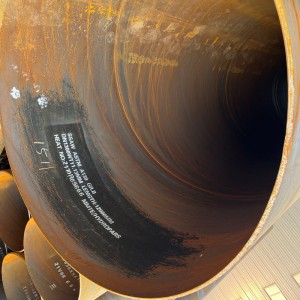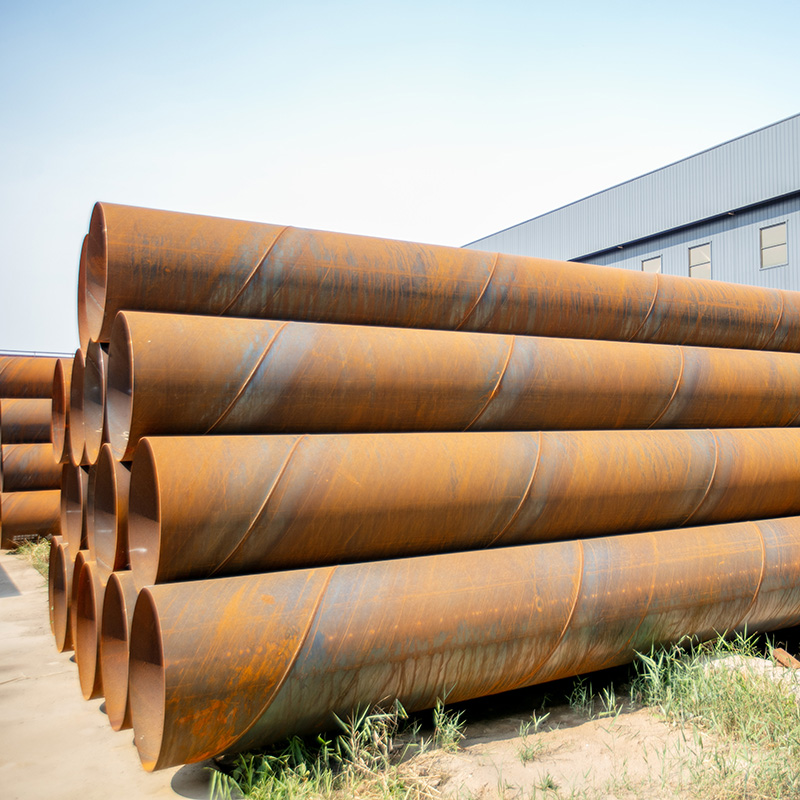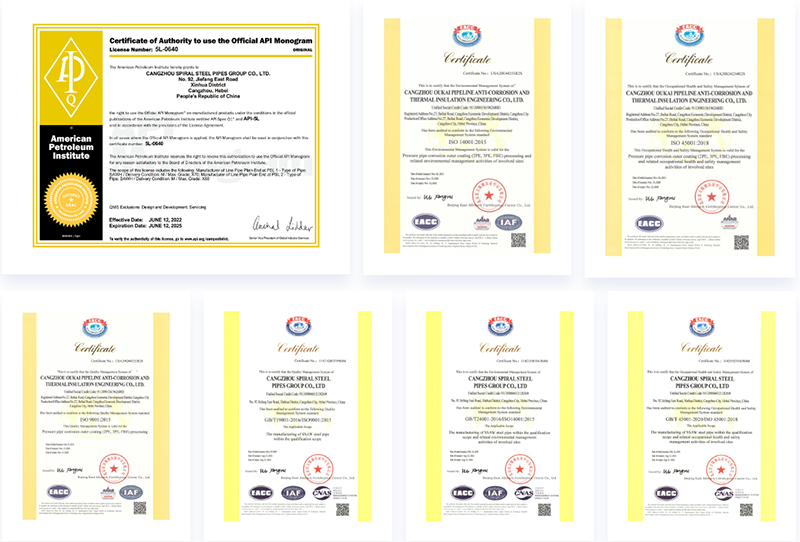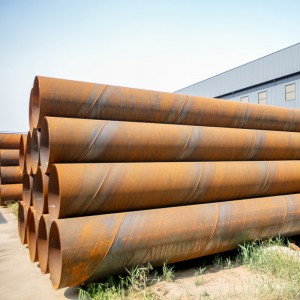Welded Steel Pipe: A Comprehensive Guide To Ensuring Efficient And Reliable Connections
Introduce:
Across industries, steel pipes are used extensively for their strength, durability, and versatility. When joining steel pipes, welding is the preferred method. Welding creates strong connections that can withstand high pressures, making it indispensable in sectors such as construction, oil and gas, and manufacturing. In this blog, we’ll dive into the importance of steel pipe welding and provide a comprehensive guide to ensuring an efficient and reliable connection
Mechanical Property
| Grade A | Grade B | Grade C | Grade D | Grade E | |
| Yield strength, min, Mpa(KSI) | 330(48) | 415(60) | 415(60) | 415(60) | 445(66) |
| Tensile strength, min, Mpa(KSI) | 205(30) | 240(35) | 290(42) | 315(46) | 360(52) |
Chemical Composition
|
Element |
Composition, Max, % |
||||
|
Grade A |
Grade B |
Grade C |
Grade D |
Grade E |
|
|
Carbon |
0.25 |
0.26 |
0.28 |
0.30 |
0.30 |
|
Manganese |
1.00 |
1.00 |
1.20 |
1.30 |
1.40 |
|
Phosphorus |
0.035 |
0.035 |
0.035 |
0.035 |
0.035 |
|
Sulfur |
0.035 |
0.035 |
0.035 |
0.035 |
0.035 |
Hydrostatic Test
Each length of pipe shall be tested by the manufacturer to a hydrostatic pressure that will produce in the pipe wall a stress of not less than 60% of the specified minimum yield strength at room temperature. The pressure shall be determined by the following equation:
P=2St/D
Permissible Variations In Weights and Dimensions
Each length of pipe shall be weighed separately and its weight shall not vary more than 10% over or 5.5% under its theoretical weight, calculated using its length and its weight per unit length.
The outside diameter shall not vary more than ±1% from the specified nominal outside diameter.
Wall thickness at any point shall not more than 12.5% under the specified wall thickness.
Length
Single random lengths: 16 to 25ft(4.88 to 7.62m)
Double random lengths: over 25ft to 35ft(7.62 to 10.67m)
Uniform lengths: permissible variation ±1in
Ends
Pipe piles shall be furnished with plain ends, and the burrs at the ends shall be removed
When the pipe end specified to be bevel ends, the angle shall be 30 to 35 degree
1. Understand steel pipes:
Steel pipes come in a variety of sizes, shapes and materials, each suitable for specific applications. They are usually made of carbon steel, stainless steel or alloy steel. Carbon steel pipes are widely used due to their affordability and strength, while stainless steel pipes offer excellent corrosion resistance. In high temperature environments, alloy steel pipes are preferred. Understanding the different types of steel pipe will help determine the appropriate welding option.
2. Select welding process:
There are a variety of welding processes used to join steel pipe, including arc welding, TIG (tungsten inert gas) welding, MIG (metal inert gas) welding, and submerged arc welding. The choice of welding process depends on factors such as steel type, pipe diameter, welding location and joint design. Each method has its advantages and limitations, so choosing the most appropriate process for the desired application is crucial.
3. Prepare the steel pipe:
Proper pipe preparation before welding is critical to achieving a strong and reliable joint. It involves cleaning the pipe surface to remove any rust, scale or contaminants. This can be accomplished by mechanical cleaning methods such as wire brushing or grinding, or by using chemical cleaners. Additionally, chamfering the pipe end creates a V-shaped groove that allows for better penetration of the filler material, thus facilitating the welding process.
4. Welding technology:
The welding technique used significantly affects the quality of the joint. Depending on the welding process used, appropriate parameters such as welding current, voltage, travel speed and heat input must be maintained. The skill and experience of the welder also plays a vital role in achieving a good and defect-free weld. Techniques such as proper electrode operation, maintaining a stable arc, and ensuring adequate shielding gas flow can help minimize defects such as porosity or lack of fusion.
5. Post-weld inspection:
Once the welding is complete, it is critical to conduct a post-weld inspection to detect any flaws or flaws that could compromise the integrity of the joint. Non-destructive testing methods such as visual inspection, dye penetrant testing, magnetic particle testing or ultrasonic testing can be used. These inspections help identify potential problems and ensure that welded joints meet required specifications.
In conclusion:
Steel Pipe For Welding requires careful consideration and correct execution to ensure an efficient and reliable connection. By understanding the different types of steel pipe, selecting the appropriate welding process, fully preparing the pipe, using appropriate welding techniques, and performing post-weld inspections, you can achieve strong and high-quality welds. This in turn helps improve the safety, reliability and service life of steel pipes in various applications where they are critical components.











